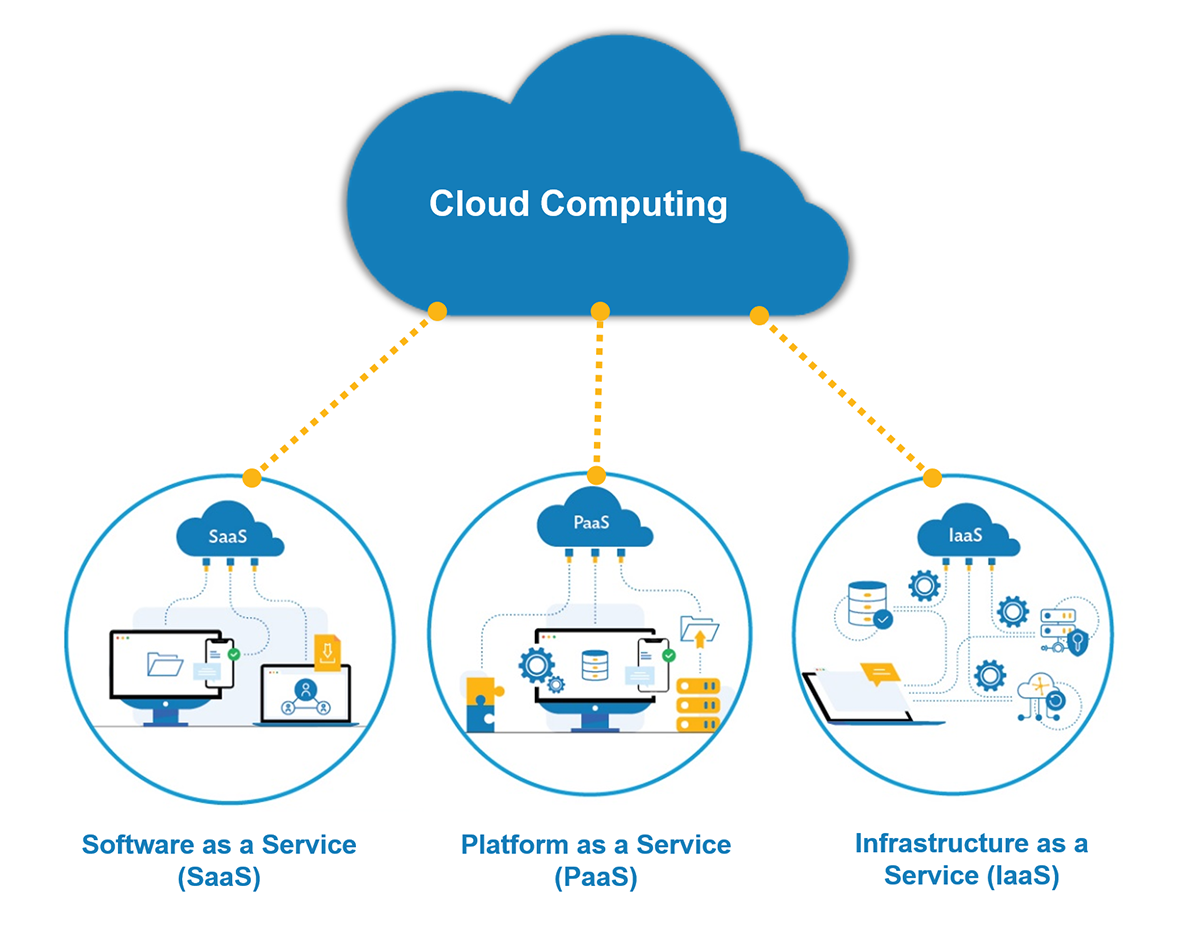Vital Tips for LinkDaddy Cloud Services: Enhancing Your Universal Cloud Service Approach
Vital Tips for LinkDaddy Cloud Services: Enhancing Your Universal Cloud Service Approach
Blog Article
Simplify Your Framework With Cloud Provider
As businesses navigate the ever-evolving landscape of technology and information management, the role of cloud solutions in simplifying framework has actually ended up being significantly prominent. Exactly how can companies properly navigate this transition and really open the possibility of cloud services for streamlining their infrastructure?
Benefits of Cloud Services
Cloud solutions use a structured strategy to managing IT facilities, supplying organizations with scalability, flexibility, and cost-efficiency. One of the vital benefits of cloud services is the scalability they provide.
Additionally, cloud services remove the requirement for companies to purchase pricey hardware and software application. This cost-efficiency is a considerable advantage, specifically for small to medium-sized ventures looking to reduce upfront expenses. By utilizing cloud services, organizations can access high-grade IT resources without the substantial cost tag connected with standard framework arrangements.
Moreover, cloud services offer companies with the versatility to access their information and applications from anywhere with a net link. This level of accessibility improves cooperation amongst groups, enables remote work, and enhances total productivity. The adaptability used by cloud solutions encourages businesses to adjust promptly to transforming market conditions and client demands.
Expense Financial Savings and Scalability
In addition to the operational benefits highlighted previously, the combination of cloud services into a firm's facilities brings forth substantial expense savings and enhanced scalability. Cloud services supply a pay-as-you-go version, permitting businesses to range sources up or down based upon existing demands, therefore staying clear of the costs related to preserving excess capability. This flexibility makes it possible for firms to adjust swiftly to changing demands without incurring unnecessary expenditures.
In addition, cloud solutions eliminate the requirement for in advance investments in software and hardware, decreasing capital investment. Business expenses are also decreased as firms no more need to take care of and preserve physical web servers, bring about reduced energy intake and IT staffing costs. Furthermore, cloud services give automatic updates and upkeep, making certain that the infrastructure remains safe and secure and updated without calling for hands-on treatments.
Enhanced Security Actions
Carrying out stringent safety procedures is critical when incorporating cloud services into a business's framework to secure delicate data and make sure conformity with industry regulations. Cloud solution suppliers offer improved safety functions such as data file encryption, firewall program protection, and multi-factor verification to alleviate cybersecurity threats. Security aids protect data both at remainder and en route, making certain that just authorized customers can access delicate details. Firewalls act as a barrier in between exterior risks and interior networks, tracking and controlling incoming and outgoing network traffic. Multi-factor authentication adds an additional layer of safety by calling for customers to offer several types of verification before accessing the cloud services.
Moreover, routine safety and security audits and conformity evaluations help guarantee and recognize vulnerabilities adherence to sector requirements. Firms can also profit from attributes like automatic safety and security updates and real-time risk surveillance supplied by cloud service carriers. By prioritizing security steps and remaining positive in resolving possible dangers, companies can confidently leverage cloud services while protecting their useful data from unauthorized accessibility or breaches.
Transitioning to Cloud Facilities
To efficiently integrate cloud solutions right into a business's framework, an organized strategy that deals with the change in the direction of cloud-based solutions is crucial. Transitioning to shadow infrastructure includes cautious planning and implementation to ensure a smooth migration process. The initial step is to analyze the current infrastructure and figure out which applications and systems appropriate for movement to the cloud. This evaluation should consider variables such as information level of sensitivity, conformity requirements, and performance requirements.
When the evaluation is complete, a movement strategy ought to be developed. This approach ought to detail the timeline, sources, and responsibilities for moving each element to the cloud. It is important to interact this plan clearly to all stakeholders to ensure placement and reduce interruptions during the change.
Throughout the movement tracking, process and screening are vital to determine and deal with any issues promptly. Normal checkpoints ought to be developed to track progress and make necessary adjustments. In addition, training for employees on making use of cloud services ought to be provided to make certain a successful change and make the most of the benefits of the brand-new facilities.
Ideal Practices for Cloud Adoption
Effective fostering of cloud services pivots on the strategic positioning of company objectives with technical capacities and organizational preparedness. To ensure a smooth transition to the cloud, organizations ought to begin by conducting an extensive analysis of their current facilities and recognizing which workloads are best matched for cloud migration. It is critical to involve essential stakeholders from different divisions in the decision-making procedure to acquire buy-in and attend to any kind of worries at an early stage.
An additional ideal practice for cloud adoption is to focus on safety and security and conformity. Organizations needs to very carefully assess the security procedures provided by cloud solution suppliers and guarantee that their information is secured according to sector criteria and regulative needs. Implementing robust data encryption, accessibility controls, and regular security audits can help reduce threats connected with cloud fostering.

Conclusion

As services browse the ever-evolving landscape of innovation and information administration, the function of cloud solutions in simplifying framework has come to be increasingly prominent - linkdaddy cloud services. How can businesses efficiently browse this change and genuinely unlock the possibility of cloud services for simplifying their infrastructure?
Cloud solutions offer a streamlined method to managing IT infrastructure, providing organizations with cost-efficiency, flexibility, and scalability. By using cloud solutions, businesses can access premium IT sources without the significant rate tag associated with typical facilities setups.
To guarantee a smooth shift to the cloud, organizations should start by conducting an extensive assessment of their existing facilities and determining which work are best suited for cloud migration.
Report this page